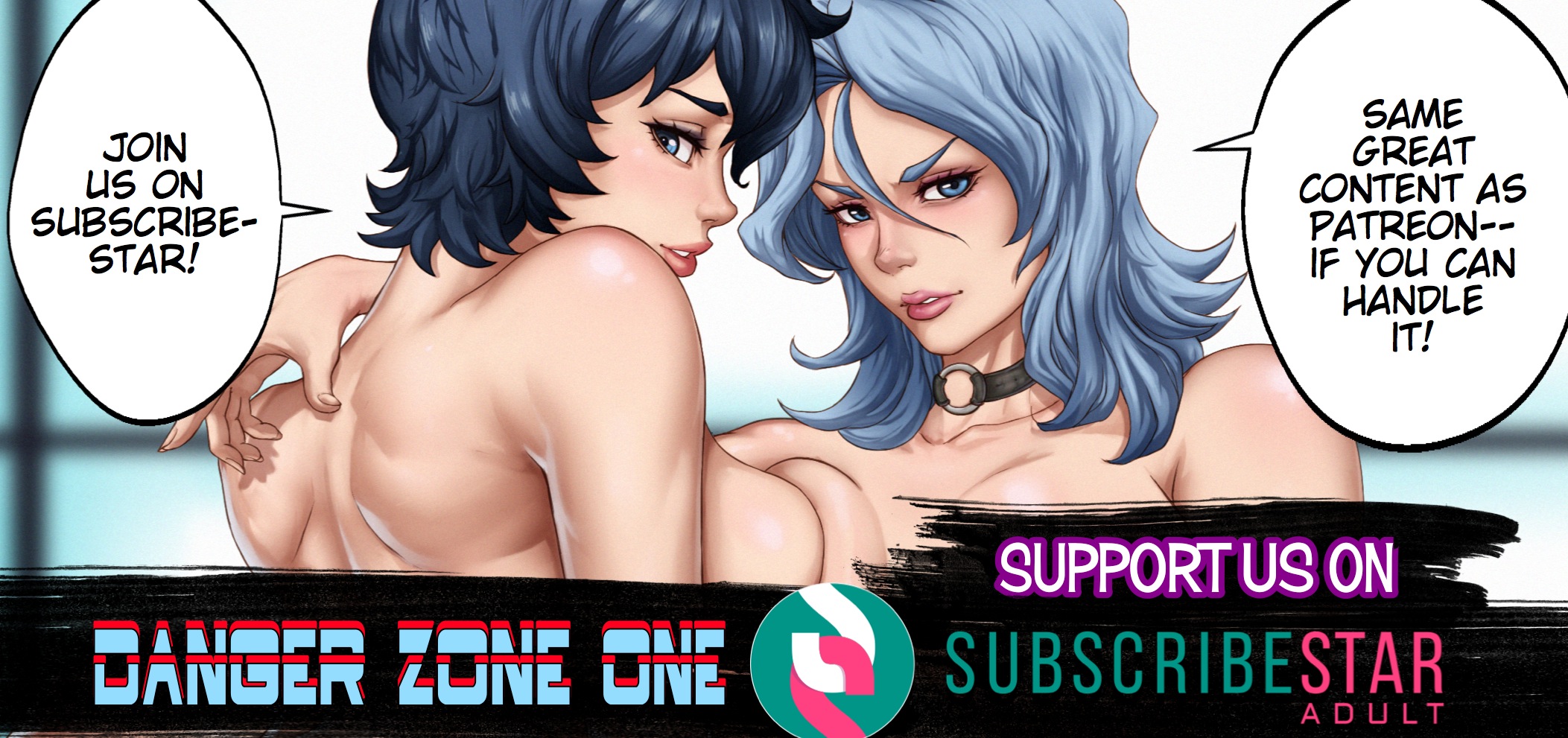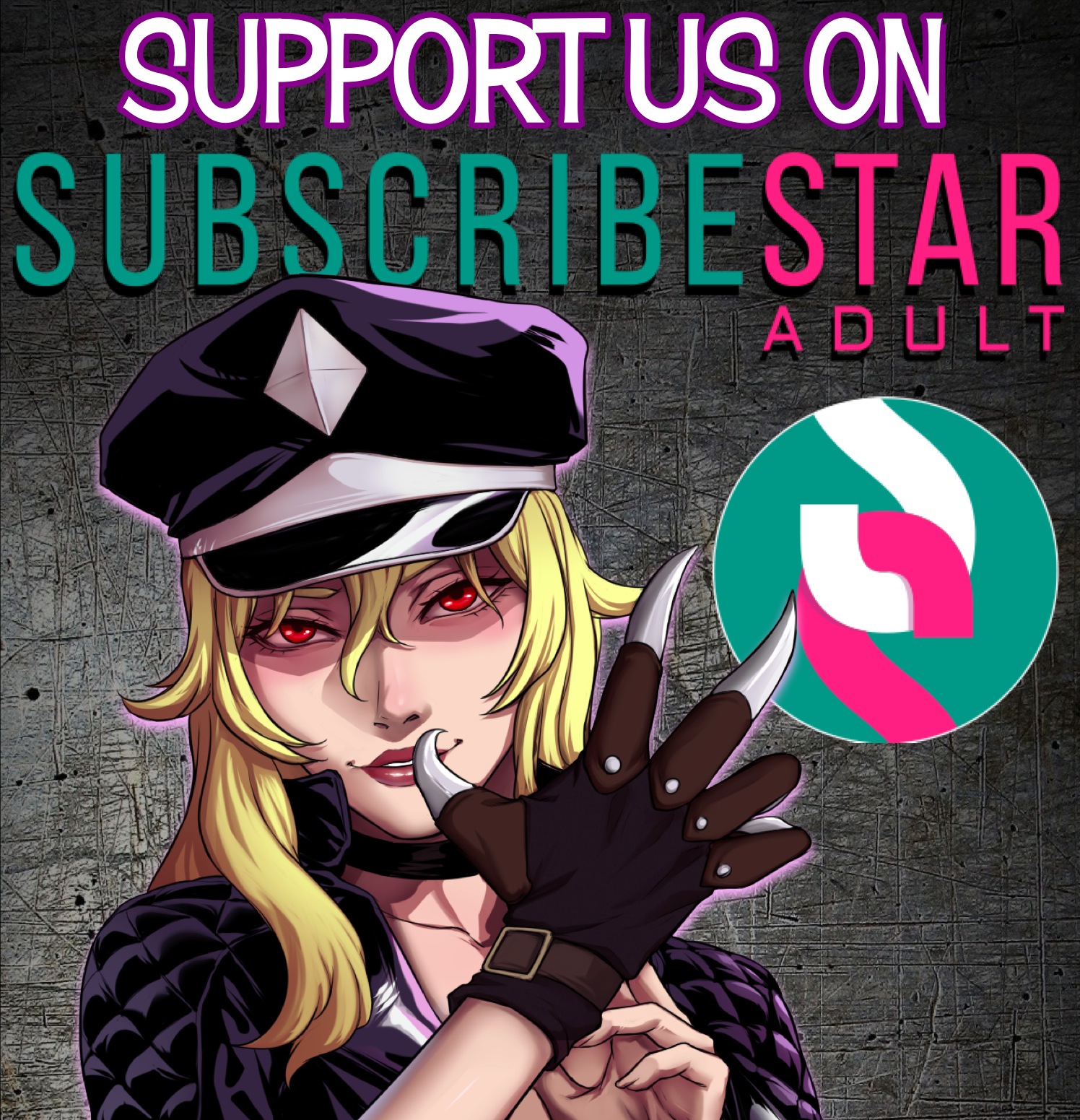Chapter 23, Page 58
The following is an article from The Pallad City Informer, an independent publication that covers politics, news, entertainment, and current events in Pallad City.
DRUG-RELATED GRAFFITI:
ART OR ADVERTISING?
By Telly Rosco
Pallad City is no stranger to graffiti—that eyesore of urban life, showcasing which districts or neighborhoods have succumbed to social degradation and criminality. It does little to endear the city to residents or tourists, but guarantees instant notoriety to all afflicted areas. Graffiti-blighted commercial strips are avoided by customers and merchants who fear shoplifting and robberies. “Tagged” public parks are less frequented by law-abiding citizens. Subways are ridden with unease, corroded by spirit-killing ugliness that covers every conceivable surface.
Some describe graffiti as street art, the last bastion of freedom and personal expression against a stranglehold of corporate dominion and government corruption. The fact that such “art” is scrawled on public and private property means little to the vandalistic mindset of the average graffiti artist. To them, Palladians should be thankful for bearing witness to their artistry, because somewhere in those gaudy scribbled letters and images is a resounding social or political message just waiting to be deciphered. After all, one person’s defacement is another’s declaration—or so they would have us believe.
It may not be as easy to provide artistic justification for the recent emergence of drug-related graffiti popping up throughout the city. Tags and colored murals have appeared over the last few months, plastering the names of illicit substances on alleyway walls, subway platforms, tenement courtyards, parking garages, vending machines, park benches, street signs, billboards, statues, and bridges.
Either these so-called artists are simply eager to show the public their love of drug culture, or something far more sinister is at play.
According to the authorities, tags displaying the names of drugs like Nucaine, Sydust and Euphoria may serve a very specific purpose—directing drug buyers to semi-discreet, specified locations where dealers can wait for transactions to take place. In much the same way companies buy advertising space, dealers are now blatantly announcing their goods to the general public. A reduced and overworked police force have struggled to control the drug crisis plaguing our city, which has only emboldening dealers to be more flagrant in their effort to attract customers.



In areas where these tags are found, an increase in drug trafficking have been reported. In addition, reports of cars being broken into, multiple muggings, vicious assaults, and instances of vandalism have all increased.
A year ago, Mayor Hynden Neville publicly decried city-wide graffiti as a “descent into anarchy.” Aside from cleaning the graffiti itself, Neville vowed to combat the problem at the source, by going after the vandals responsible and dispensing harsher punishments. To the Mayor’s credit, some areas of the city have received a well-deserved makeover—mostly the wealthier districts—but many continue to succumb to graffiti and, in turn, crime.
Until something is done by law enforcement, which desperately needs additional funding and the full support of the Mayor’s office, more drug-related graffiti will undoubtedly be appearing throughout our city. For dealers, relegating sales to shady back alleys is no longer a necessity. Today they freely advertise in public for all to see, and they do so with absolute impunity.
Danger Zone One. Story by Midnight. Art by Salaiix.






















IS ANYBODY OUT THERE UP FOR A 3-SOME?!?!?!?!?!?!?! 🤚 Somebody? Anybody?
Wonder if they’re going to drag Belanie into this at some point? If so, we might be looking at a foursome.
Unless some Deus ex Machina shows up to rescue Madison and the good doctor, Madison looks to be about one or two panels away from blatantly begging Trey to bang her hard and fast. And if Yalee’s ego doesn’t get in the way, she might get her wish.
I wonder, could those backroom videos that were spoken of a few installments back be used as defense proof that it was consensual sex if they can get Madison to verbalize her desire to be penetrated?
I am wondering if all this emotional and physical ravaging will make Madison snap out of things before she would otherwise be able to do so?
I had the impression that she have some type of built-in “cleansing” device from her military days designed to handle toxins and pollutants.
Can’t overstate how much I enjoy the written entries on each page. The lore expansion is second to none.